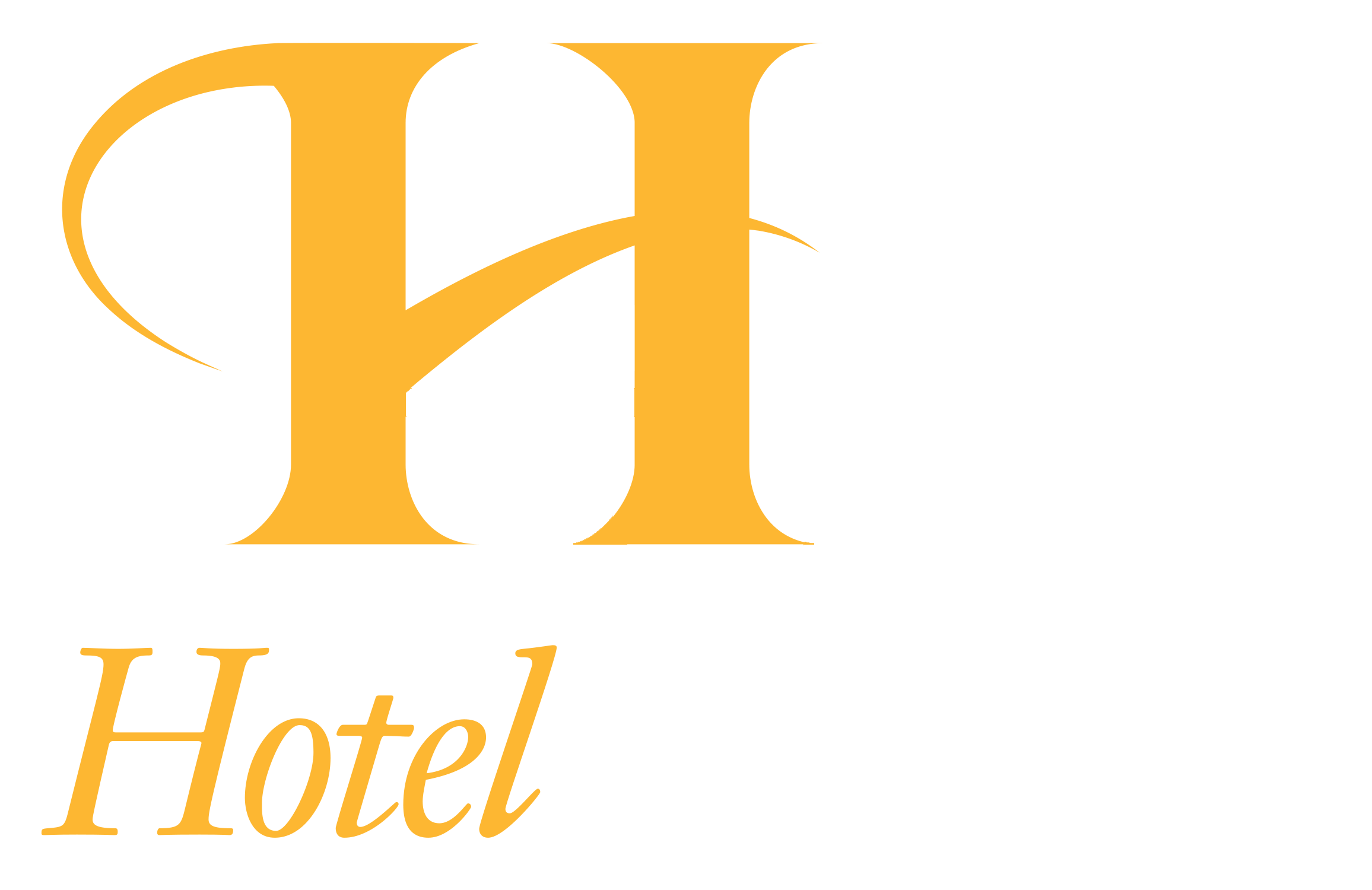Could you Talk The Retail Address
Selecting something to distinguish yourself through your competitors is one of the hardest aspects of getting “in” with a shop. Having the proper product and image is going to be hugely essential; however , so is being qualified to effectively connect your product idea into a retailer. Once you find the store owner or customer’s attention, you could get them to detect you in a different light if you can talk the “retail” talk. Using the right vocabulary while conversing can even more elevate you in the eyes of a store. Being able to make use of retail language, naturally and seamlessly naturally , shows a good of professionalism and trust and encounter that will make YOU stand out from the crowd. Regardless if you’re just starting out, use the list I’ve furnished below as being a jumping away point and take the time to do your homework. Or if you already been throughout the retail corner a few times, display it! Having an understanding of the business can be priceless into a retailer fondalearnerhub.com.sg because it will make nearby that much less complicated. Being able to walk the walk and talk the talk (even if you’re self-taught, will help you substantially on your quest for retail success. Open-to-Buy This is actually the store bidder’s “Bible” in managing their business. Open-to-Buy refers to the goods budgeted to buy during the course of period that has not yet been ordered. The quantity will change regarding the business development (i. electronic. if the current business is normally trending much better than plan, a buyer might have more “Open-to-Buy” to spend and vice versa. ) Sell Via % Offer for sale Thru % is the calculations of the volume of units purcahased by the customer in relation to what the store received in the vendor. Including: If the retail outlet ordered 12 units of your hand-knitted baby rattles and sold 15 units last week, the sell off thru % is 83. 3%. The percentage is estimated as follows: (sold units/ordered units) x 80 = sell thru % (10/12) x100 = 83. 3% What a GREAT sell thru! Essentially too great… means that we all probably could have sold extra. On-hand The On-hand is a number of systems that the shop has “in-stock” (i. elizabeth. inventory) of a certain merchandise. Making use of the previous model, we now have two on-hand (12 minus 10). Weeks of Supply (WOS) Once you calculate the sell via % for your selling things, you want to calculate your WOS on your most popular items. Weeks of Source is a physique that is assessed to show how many weeks of supply you at the moment own, granted the average advertising rate. Using the example previously mentioned, the food goes similar to this: current on-hand/average sales = WOS Suppose that the average sales for this item (from the last 4 weeks) is certainly 6, you’d calculate the WOS simply because: 2/6 sama dengan. 33 week This amount is sharing with us that people don’t even have 1 full week of supply still left in this item. This is telling us that we all need to REORDER fast! Order Markup % (PMU) Get Markup % is the calculation of the retailer’s markup (profit) for every item purchased meant for the store. The formula should go like this: (Retail price – Wholesale price)/Retail Price 4. 100 = Purchase Markup % Case: If an item has a inexpensive cost of $5 and sells for $12, the pay for markup is going to be 58. 3%. The percentage is definitely calculated the following: ($12 — $5)/$12 4. 100 sama dengan 58. 3% PMU Markdown % Markdown % may be the reduction in the selling price of your item after a certain range of weeks throughout the season (or when an item is not selling and planned). In the event that an item retails for $126.87 and we contain a forty percent markdown cost, the NEW value is $60. This markdown % might lower the profit margin within the selling item. Shortage % The scarcity % may be the reduction of inventory because of shoplifting, employee theft and paperwork problem. For example: if the store a new total sales revenue of $300k unfortunately he missing $6k worth of merchandise by the end of the season, the shortage % is going to be 2%. (6k divided simply by 300k) Major Margin % (GM) The gross perimeter % calls for the purchase markup% profit one step further by incorporating some of the “other” factors (markdown, shortage, employee ) that affect the important thing. 100 + Markdown% & Shortage% sama dengan A x Expense Complement of PMU = B 95 – H – workroom costs — employee low cost = Major Margin % For example: Let’s say this division has a 40% markdown rate, 2% lack, 58. 3% PMU,. 2% workroom expense and. five per cent employee low cost, let’s compute the GM% 100 + 40 & 2 = 142 a hunread forty two x (1 -. 583) = fifty nine. 2 80 – 59. 2 -. 2 –. 5 = 40. 1% GM RTV is short for Return-to-Vendor. A store can request a RTV from a vendor when the merchandise is definitely damaged or not selling. RTVs also can allow shops to escape slow vendors by talking swaps with vendors with good associations. Linesheet A linesheet is a first thing a store client will obtain when looking towards your collection. The linesheet will include: beautiful images of this product, design #, large cost, advised retail, delivery time, minimum, shipping info and terms.
